Month: January 2018
Play Digest: Play to Learn
PlayTime opens in one month and we couldn’t be more excited. For this week’s link pack, we’re thinking about play as an important means of learning and developing—not just for children but all of us.
While PlayTime can’t help but be based on the tenets of having some fun, we also recognize that the very nature of play possesses the potential to teach, transform, and thrill (tell us your thoughts on our play manifesto!). Play comes naturally. Learning through play is an especially rich vein and not one we should abandon in adulthood.
Peter Gray of Boston College has seen a decline in children’s and teen’s mental health that he attributes to a decline in play and adult (over) supervision of play time. But he and other psychologists think that moving away from a culture that values play and becoming one that views “play as a luxury”—for children and adults—is ignoring an important part of being human.
Playworks founder Jill Vialet is just one of the growing community of people who believe that a better play experience at school leads to better learners. (And by the way, Global School Play Day is February 7.)
Museums are paying attention to play and visitors’ needs, too (and not just PEM).
And it’s not only kids who are playing to learn . . . .
Stay tuned, too, for more on our upcoming PEM Partnership. We’re putting play into action with Horizons for Homeless Children and commissioned artist Marisa Morán Jahn.
Check in next week for a new roundup of the latest play news and stories.
(Image credit: Courtesy aAlok Khemka via Flickr.)
The fun is pouring in! Assistant curator Lydia Gordon (@lydslovesart_) shares details on the shiny new board game that arrived from PlayTime contributor and game designer Nashra Balagamwala. What new board games are you playing? #Repost @lydslovesart_ with @get_repost ・・・ Thank you @nashrabalagamwala for sending us a copy of “Arranged!” a board game that offers participants an opportunity to confront the struggles of an arranged marriage. An incredibly beautiful object in and of itself, the game and its quick witty tone negotiates play with a very real issue. Arranged marriage remains prevalent in many South-Asian societies. #pemplaytime @pemplaytime @peabodyessex
Artificial Identities: An Essay
Writer and critic Katherine Cross examines the fundamental truths—and benefits—of identity in role-playing games and how they provide the chance to reveal players’ true natures.
Look at the back of the box for any video game and you’ll find a bullet-pointed list of features. “Pulse pounding dungeons,” “hyper realistic graphics,” “exciting multiplayer.” The real joy of gaming, however, comes from what’s silently lurking between those points. They don’t tell you about breaking up loveless marriages, changing your gender, finding the love of your life, or coming out as queer.
Video games are a mirror in which we may see an unfamiliar reflection. They entice players with the promise of an ideal self—the heroic warrior, space marine, or Chosen One who can save the world with countless magic powers that Ordinary You can only dream of. But every person’s “digital ideal” scatter-plots around the mean as a proliferation of perfected, experimental selves who will invariably stray from the intentions of game developers. I’ll never forget how World of Warcraft sparked an affair between two women I gamed with, one in Australia, the other in Hawaii. I never knew what became of them, but the game became intrusively and inescapably real for them both.
The real adventure is what transpires beyond the promises on the back of the box.
That’s always been the trick, you see. Video games, especially those that take place online and throw us all together in some virtual arena, aren’t just games. The game, the ludic matter of scoring points and showing mastery of your skills, becomes a mere excuse for everything not covered by an ESRB rating. The real adventure, often as not, is what transpires beyond the promises on the back of the box. In my time as an online gamer I’ve taken on the role of therapist, talking people I’ve never met down from the ledge of suicide. Imagine my character running through a forest, gathering herbs for her Alchemy skill, and in every spare moment I’m typing out messages to a friend, letting her vent and cry, while sending her missives that I hope will make her hate herself less.
When you play a game like this, the gulf between who you are and who you want to be becomes painfully evident—and yet it’s the pocket of netherspace you dwell in. It’s a mixture of inadequacy, thwarted ambition, and innervating eros that seizes every ounce of your attention. That mixture is alcoholic in its vintage; if booze is liquid courage, the frisson of gaming is a kind of digital courage. What people do with that courage, as is so often the case with its liquid variety, varies widely. Sometimes the inadequacy wracks you and becomes the only thing you know; this becomes an impetus to abuse, to use the illusion of power granted by the game to become a raging wanker whose license is the very concept of play. “It’s just a game, don’t be offended,” or “It’s just words on a screen,” they might say. Such people, almost invariably, try to bring cruel bigoted abuse and sexual harassment under the umbrella of gaming culture. Someone says you can’t shoot straight because you’re a girl? That’s just “trash talk,” the currency of competitive gaming’s realm.
The gap between who you are and who you want to be causes a monstrous mutation; you take it out on anyone in reach, battering them in the hope of feeling strong and powerful because you need one more hit of that elixir, one more shot to the arm in order to feel like a Big Man (and it is so often men who fall prey to this). This is the world in which GamerGate—a harassment campaign spawned by reactionary, self-identified “gamers” against women and queer people in the gaming industry, to purge us and our “corruption”—seemed to prefigure the resurgence of the wider “alt-right”; where the Ubermenschen lifestyle promised by gaming’s consumer-king culture has inadvertently become a fertile recruiting ground for actual neo-Nazis.
It’s hard not to feel despair at this. But there’s more to this world than its darkness, even if that’s all we can see now. There is, and always has been, another reality in the virtual. It’s the reality of the young transgender woman who finds her voice as a woman thanks to videogaming, or the reality of the game developer who speaks in a register only a game can fully express; the queer indie developer whose use of new game development tools allows her to tell a story that would never make it past the gatekeepers of traditional publishing. For all their artifice, these interactive realms have a way of drawing the truth from us, dissolving closet doors and puritanical inhibitions in ways that are redolent of underground scenes. But the pulse of the club or burr of the speakeasy are replaced instead with visions of the fantastical, which for all their blatant falsehood make it strangely impossible to lie to yourself. What you play, especially when you’re given a wide choice, says a lot about your innermost yearnings.
You know that insufferable question everyone gets asked at job interviews? “If you could have one superpower, what would it be?” Supposedly, the answer reveals a lot about you. Super strength indicates, perhaps, an aggressive personality; invisibility may suggest a subtler, shyer one. But with the act of roleplaying in a video game you’re surrounded by people you don’t really have to impress with your answer. It instead takes flight amid a carnival of other answers, loudly competing for space in the digital crowd. As a consequence, it says a good deal more about some aspect of you.
I had discovered what it was that I was really getting out of all my playing: a chance to be my truest self.
Some games play this to the hilt. Kitfox Games’ Moon Hunters—an enchanting prehistorical fantasy where you discover what happened to a missing moon goddess—marketed itself as a “co-op personality test RPG,” where your character’s choices added up to some truth about the player, writ large in an in-game constellation. Most games don’t embrace this so openly, however, leaving it to you to discover on your own just what it is that compels you to role-play a certain kind of character.
But the next time you get really into a game, especially one that allows you a wide degree of latitude in customizing the character you play, it’s worth asking yourself what you’re really playing with here. For my part, my World of Warcraft days drew to a close not long after I came out. I went from twelve-hour days in the game to barely being able to log in. I had discovered what it was that I was really getting out of all my grinding, raiding, and farming: a chance to be my truest self. As soon as I found a way to do it in the physical world I had less need of a digital facsimile. I owe gaming that much—and I owe it to the medium to remember the best of its potential, even in these dark days. ♦
(Image credit: Still from World of Warcraft courtesy Martin Chung via Flickr.)
Board Gaming the System: A Comic Series
For this month’s Board Gaming the System comic, Adam Bessie and Jason Novak draw a new set of cards for Parker Brothers Sorry!
“PIETY, HONESTY, TEMPERANCE, GRATITUDE, PRUDENCE, TRUTH, CHASTITY, SINCERITY”—these were the only ways to advance to a Puritan Heaven of The Mansion of Happiness, the template upon which game of Sorry! was later created by Parker Brothers of Salem, MA. The Mansion of Happiness—widely considered the first mass-produced board game, published in 1843 (also in Salem)—popularized the use of “track” gameplay with which we are all familiar, and which Sorry! is built around. In track games, a single, rigid path takes players toward the final destination: progress is determined not by virtue, but by the luck of the draw, and strategy with the cards you’re dealt (which in Sorry! means trying to knock your opponents off track). What cards are we being dealt in the new year?


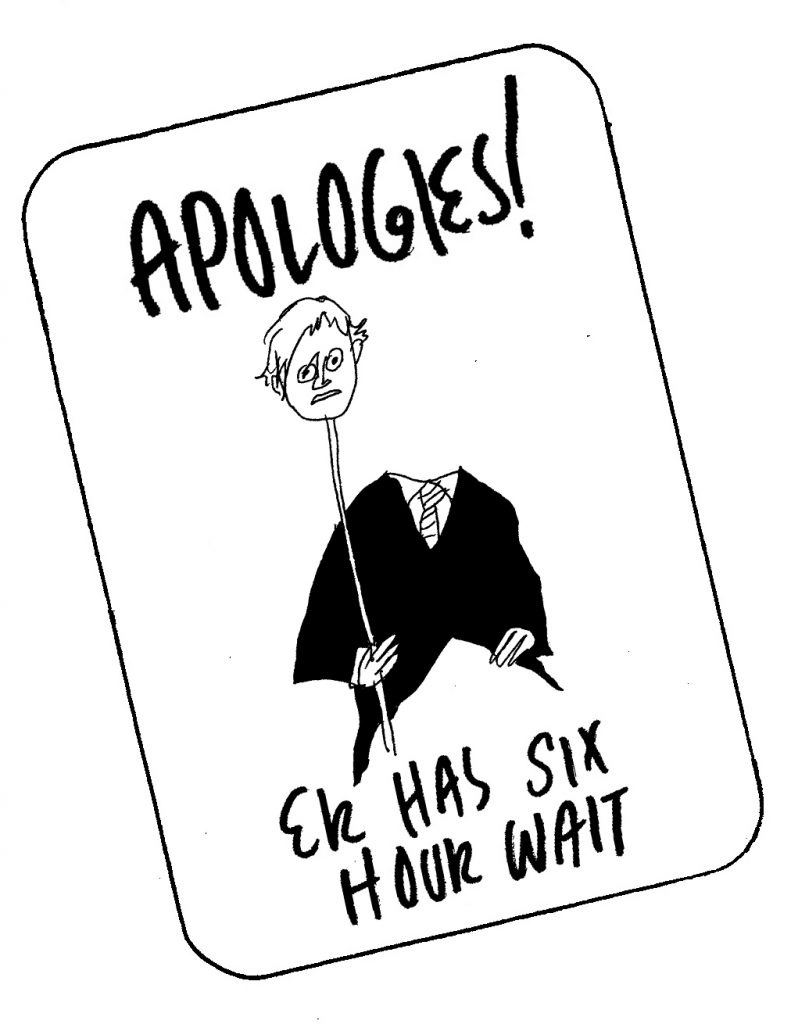
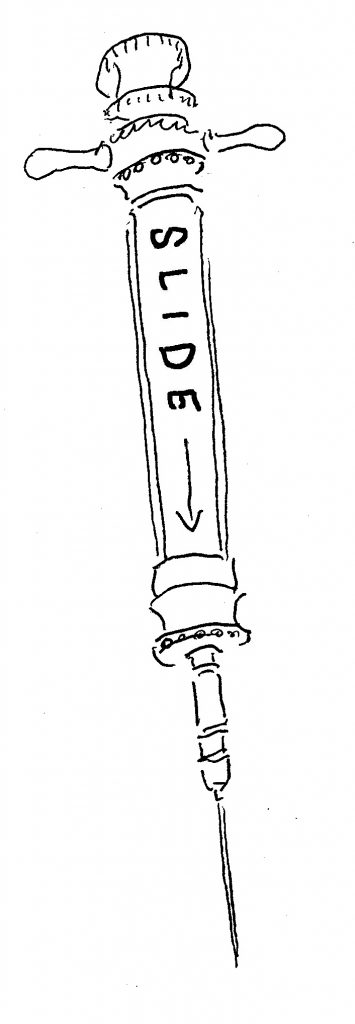
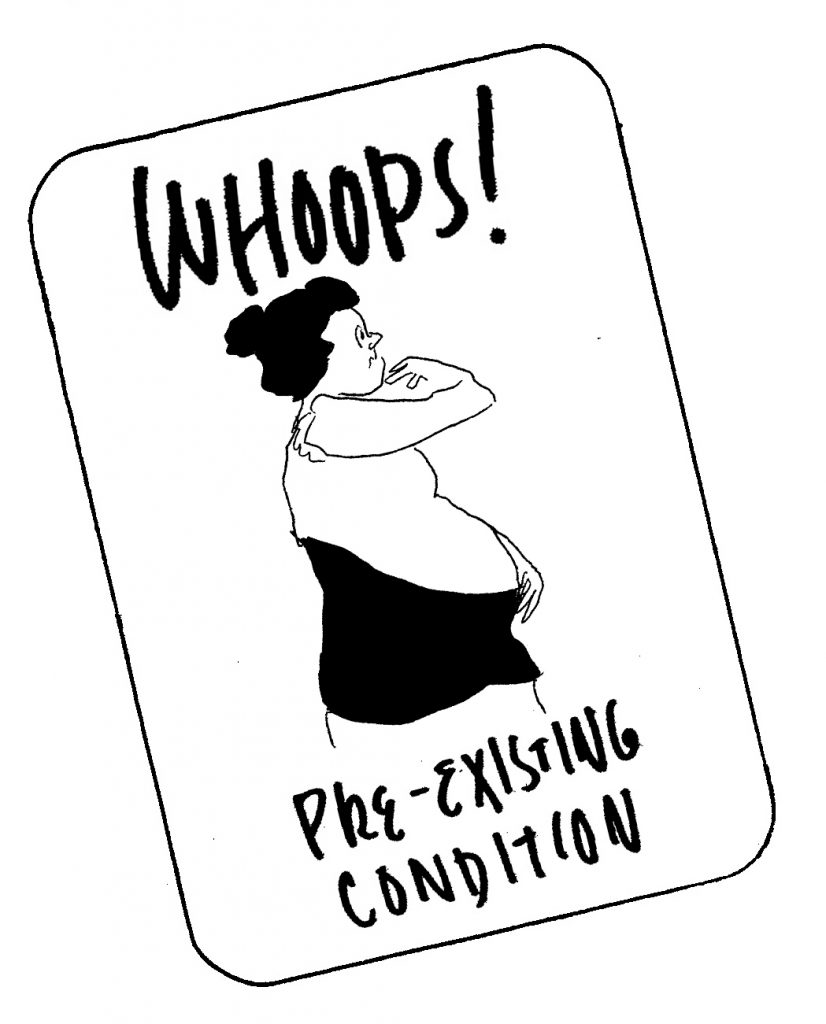
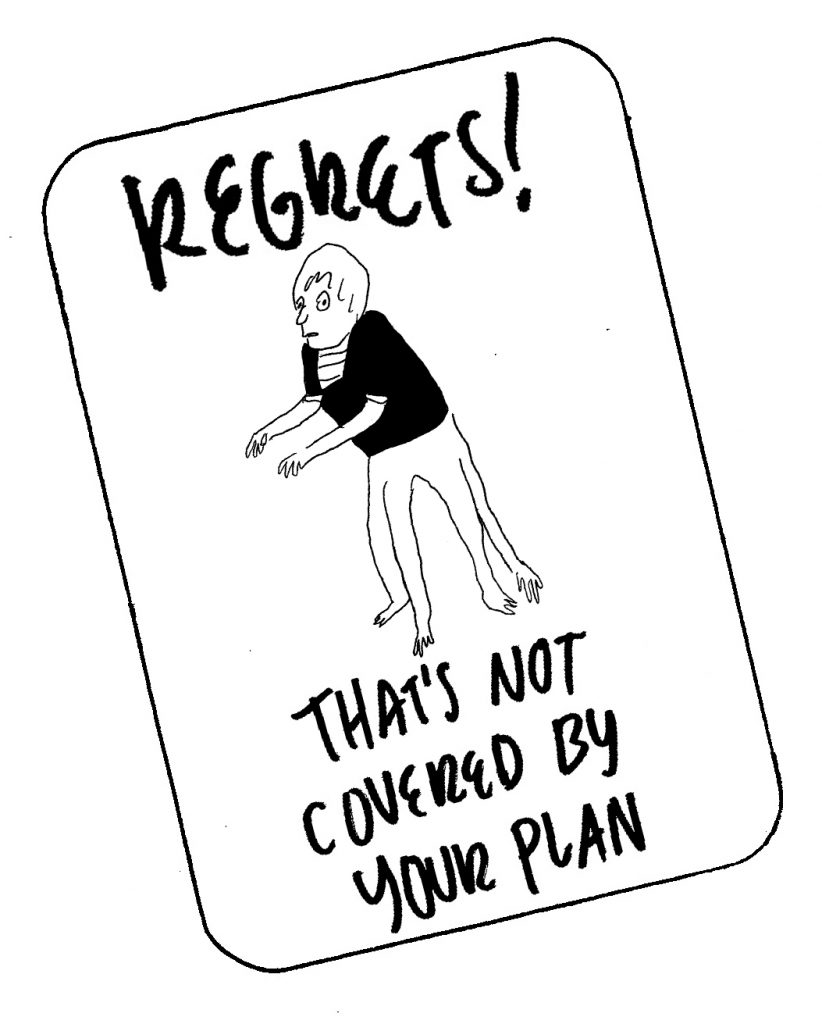
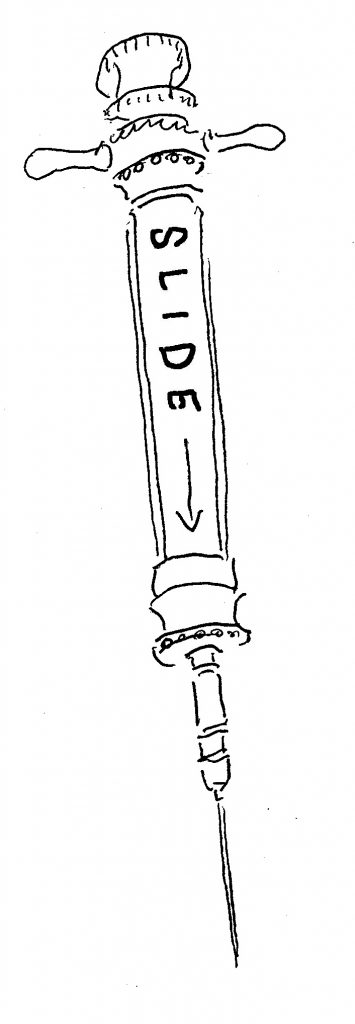
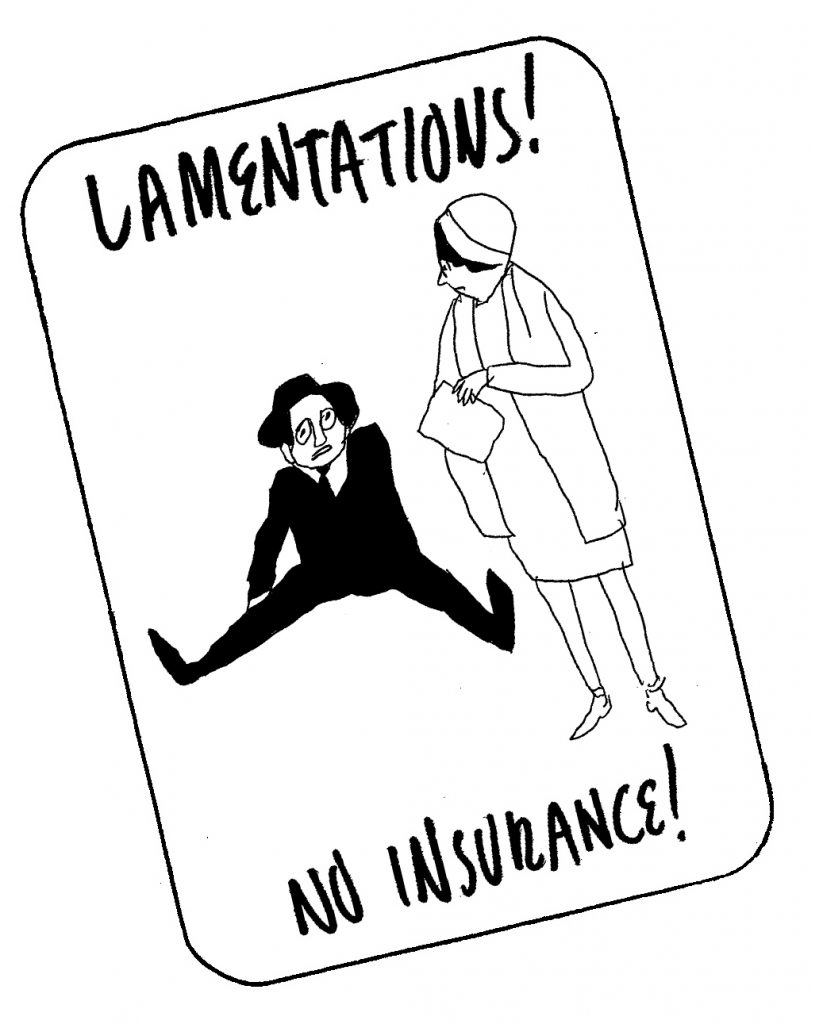
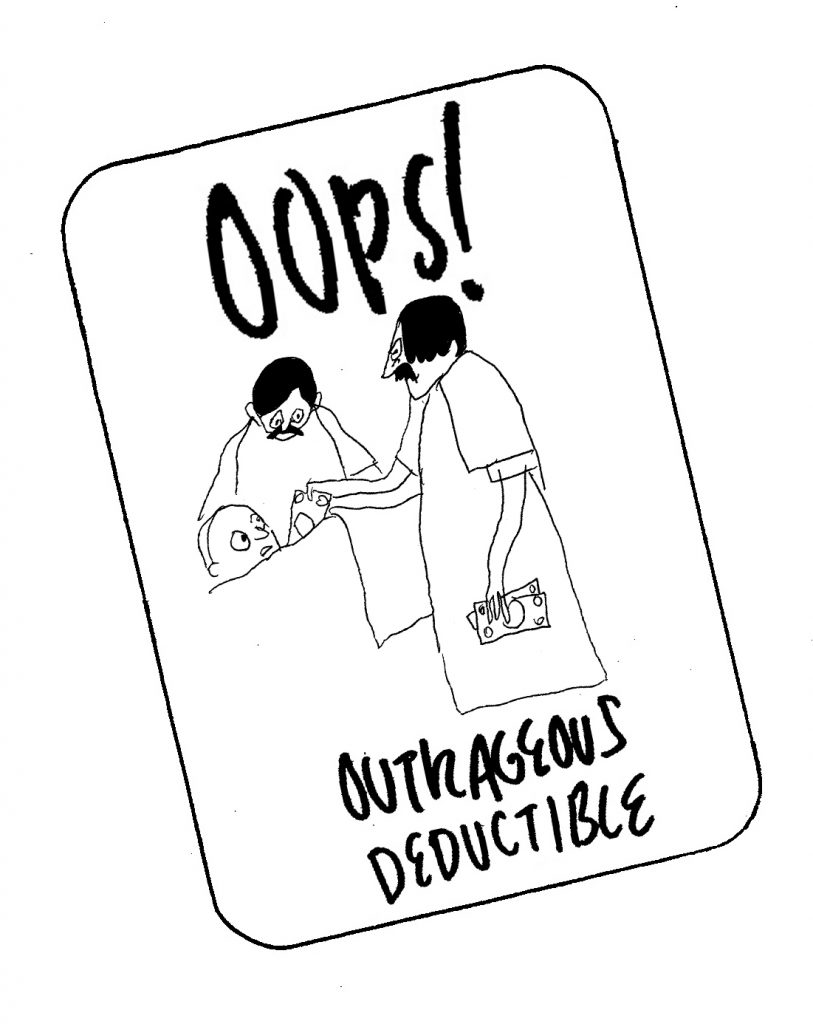
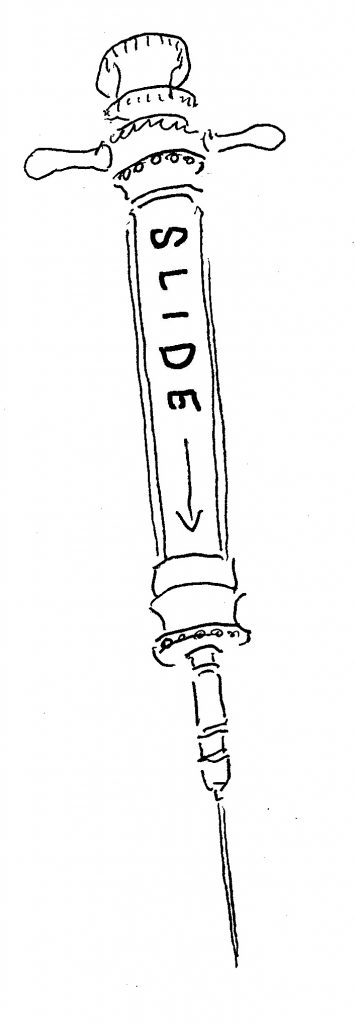

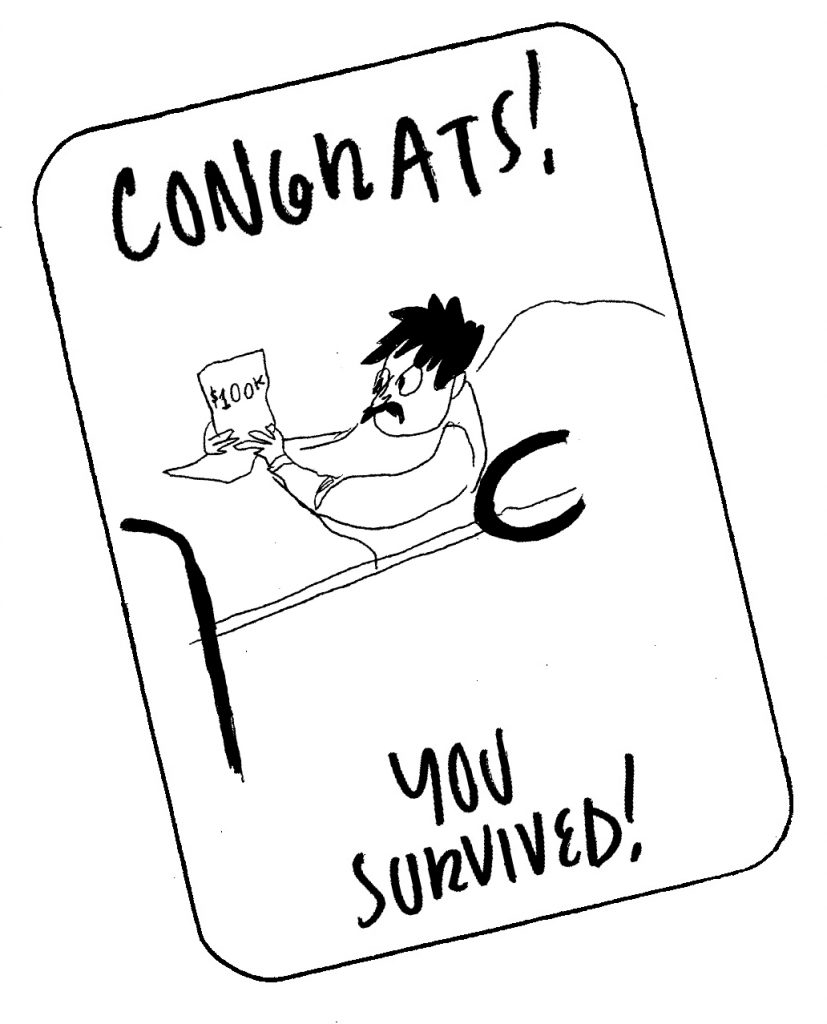
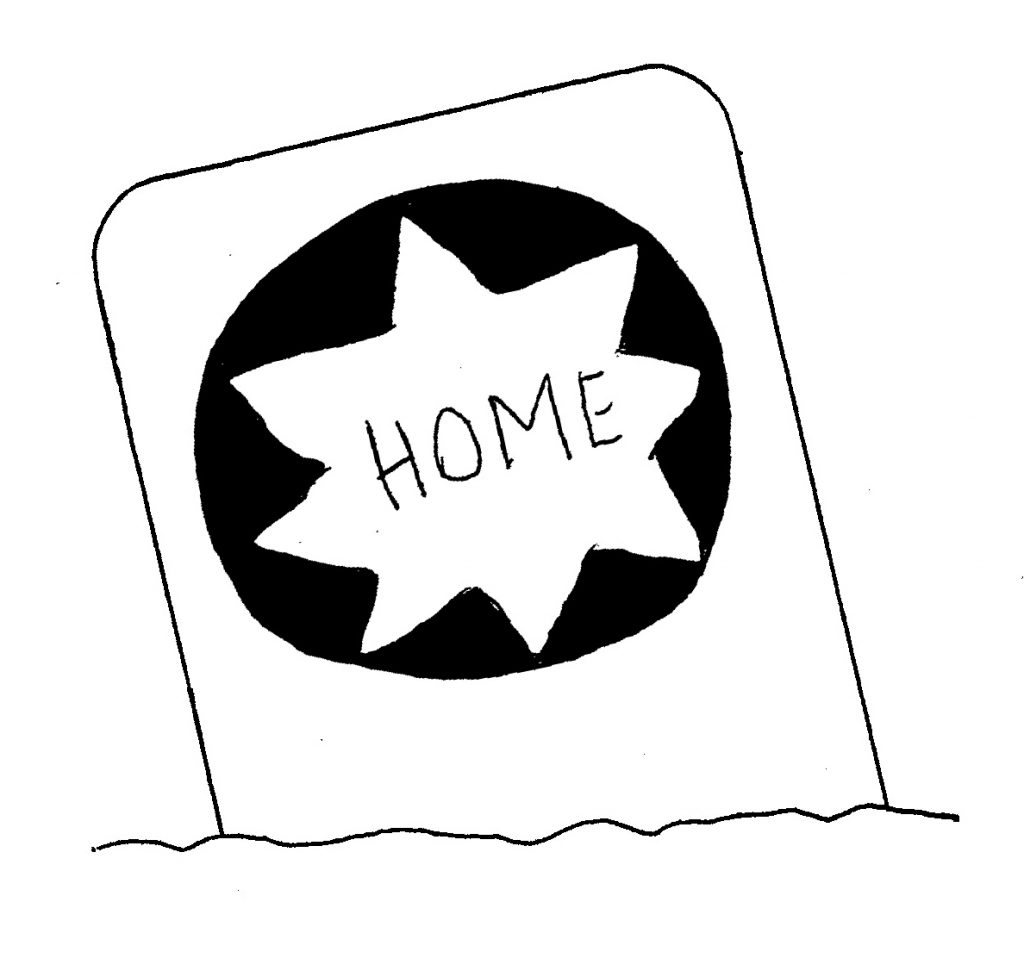
Come back for next month’s installment in the Board Gaming the System comic series. Missed the last one? Check it out here.
A behind-the-scenes look at conservation work for PlayTime from curator Trevor Smith. A detail of the reverse side of Agustina Woodgate’s work Royal, 2010, stuffed animal toy skins, Collection of Alan Kluger and Amy Dean. #Repost @presenttense99 ・・・ NowHere (care bears) When work is lent to @peabodyessex or another museum we have a duty of care to ensure that the work is returned to the owner in the same condition we received it. Sometimes, as is the case with the “rugs” made from eviscerated teddy bears that Agustina Woodgate (@lawoodgate) is showing in @pemplaytime the conservation team need to consider how the work is to be hung. Sewing reversible fabric tabs onto the hanging edge ensures that the work will not be unduly distorted or torn by its own weight when it is hung from clips. #pemplaytime #peabodyessexmuseum
Dispatches from the Field: The Board Room
“There are so many different kinds of games and you’ll see that certain people might be really good at one kind of game and really bad at another kind of game.”
Game play is becoming more digital every day and yet many people remain die-hard board game enthusiasts. Meet the people behind The Board Room, a member-driven board game group with their own clubhouse in Providence, Rhode Island.
Read the transcript.
(Music by Green North by DKSTR [CC BY-NC-SA 3.0 US].)
Play Digest: Back to the Future
As we come up with new games and ever more new ways to play and express our playful selves, some game and toy makers are looking backward to recapture both the charm and simplicity of play. With this week’s link pack, we check out the trends in play things.
The folks at Tech Will Save Us want to get kids into electronics before they’re ready for Snap Circuits by introducing a Play-Doh–like product that conducts electricity and can safely teach kids about circuit building in an extremely tactile way.
Octogenarian toy company Fisher Price is considering the year 2025 by imagining what today’s millennials will look like as parents and how their children will play—and what with. The slightly more youthful Mattel is also looking forward by joining with Silicon Valley game makers and tech giants to revive old toys for new generations.
Speaking of Mattel, their new Shero line of Barbie dolls, which includes the likenesses of Ava Duvernay and Misty Copeland, added Olympic fencer Ibtihaj Muhammad to its roster in November—the company’s first hijab-wearing doll.
Here is a fantastic and moving recent episode of This American Life about The Dukes of Hazzard, a Hot Wheels car, and confronting the Confederacy as a child.
Check in next week for a new roundup of the latest play news and stories.
(Image credit: Courtesy of Candylab Toys.)
A glimpse of historic East India Marine Hall from Lydia Gordon (@lydslovesart_), Assistant Curator for Exhibitions and Research. A new wall goes in! PlayTime is set to enchant the space. #pemplaytime #installgram
Dispatches from the Field: SkeeBoston
“I think it’s sort of fun to be really good at something really silly like Skee-Ball.”
When Duke DeVilling wanted to start a Skee-Ball league, he was overwhelmed by the local response. Founded in 2011, SkeeBoston offers a unique pastime for many who work and live in the Boston area.
Read the transcript.
Lucy: An Avatar
This month, Juliana Horner, known on Instagram for her vibrant makeup art, brings us the personality she calls Lucy. She says, “I want to be someone else, so I am Lucy. I wear my feelings outside, because if I kept them in I would have to cry and scream them out otherwise . . . .”
As a young adult, I craved the consistency of adopting some sort particular style for myself. For instance: I wished that I would only dress in all black, silver and red, and call myself punk. Or, alternatively, that I would always wear heeled slingbacks and coif my hair to look like Bettie Page. Instead, much to my dismay, I have always been a changeling.
I feel that I am not alone in this disoriented sense of self. Millennials (I just had to google how to spell that) have an incredibly powerful and growing access to styles, eras, culture, and information. How does one identify as themselves after all that they have seen? My personal response is to embody many different characters. It puts me at ease and I feel I am not tied down to any look in particular. Here, I am Lucy. I like the name Lucy, and the look I made brings to mind a Brian Eno song I like, “Some of Them Are Old:” “Lucy you’re my girl, Lucy you’re a star / Lucy please be still and put your madness in a jar / But do beware, it will follow you, it will follow you.”
Fake Fur: An Essay
Curator and writer Sarah Archer looks at the history, fads, and fetishization of stuffed toys and at where contemporary art has embraced them.
Stuffed animals beckon to us constantly: from retail kiosks, amusement park prize shelves, and toy stores, eventually finding their “forever homes” in countless childhood bedrooms around the world. They elicit deep sentimental attachment, and even love. Unlike pets, there is theoretically no limit to their lifespans. With us from the first moments of our lives through the scrapes and dramas of youth, they are witness to every secret embarrassment, comfort us through every lonely worry. One of the most famous narratives involving a stuffed toy, the story of The Velveteen Rabbit, is so poignant that it can move adults to tears. Cloaked in fake fur, stuffed animals carry real emotional heft, and occupy a singular place in the history of play. But we don’t usually live with them forever. Because stuffed toys are associated primarily with childhood, their presence in other walks of life—like contemporary art—jolts us with conflicting impressions of something very innocent paired with something much more grown-up. This may be because, like fairy tales, stuffed animals’ own history is surprisingly dark.
Unlike pets, there is theoretically no limit to the lifespans of stuffed animals.
Stuffed animals as we know them today emerged during the industrial revolution at a moment when our relationship with animals was shifting from one of rural necessity to urban and suburban pastime. Their lineage—particularly that of the Teddy Bear, named for President Theodore “Teddy” Roosevelt, who hated his nickname—is rooted in the rugged cultural pastimes of the nineteenth century. The popularization of hunting, taxidermy, and the “fancies” (or hobby breeding and showing of cats, dogs, birds, and other animals), all came into prominence during this time period.
Hunting, particularly of big game, has long been a noble pursuit—perhaps as old as civilization itself. A Neo-Hittite basalt orthostat relief dating from the ninth century BC depicts a royal lion hunt, in which a ruler rides a horse-drawn chariot and subdues a lion while a bird of prey flies overhead. In the Islamic world, from Iran to India and throughout Europe during the Middle Ages and Renaissance, even as subsistence hunting remained an important source of food for ordinary people, the hunt was also a social sport for gentlemen and royalty. Hunters were furnished with fine specialized equipment, and hunting itself was understood as a way for gentlemen to keep their wits sharp during peacetime in preparation for war. Upper class landowners had exclusive rights to hunt on their estates. The term “fair game” referred to animals in territories that were free to hunt by those of lower station. The word “game” itself, which initially referred to cards and board games in English, began to connote hunters’ prey in the early middle ages when the sport’s status as an elite pastime was solidified. This development was also the origin of dog breeding. Purebred hounds whose abilities in different kinds of hunts were valued, bred, prized, and painted both on their own and in family portraits in the seventeenth and eighteenth centuries. In Anthony van Dyck’s 1637 portrait The Five Eldest Children of Charles I, the future King Charles II gently pets an enormous, docile mastiff, while an eager spaniel gazes up at the siblings.
The word “game” itself, which initially referred to cards and board games, began to connote hunters’ prey when the sport’s status as an elite pastime was solidified.
Hunting was eventually democratized by colonialism. By the nineteenth century, European hunters of any class background could stalk game in overseas territories from Africa to Australia and South Asia, and bring back trophy animal heads or whole specimens to impress their peers back home. Theodore Roosevelt was an avid naturalist and conservationist whose passion for preserving the country’s wilderness was inspired in large part by his love of the hunt. Like a latter-day Mesopotamian ruler, Roosevelt reveled in the spectacle of the hunt, which was, as ever, strongly associated with the drama and pageantry of war. A sickly child who hailed from the highest social stratum in America, Roosevelt made hunting a metaphor for his bold political persona.
As recreational hunting became popular among an array of social classes in the nineteenth century, so too did the breeding and keeping of pets. And in a somewhat macabre sense, a third hobby dovetailed perfectly with the other two: taxidermy. By the seventeenth century in Britain, the keeping of non-working animals was a status symbol, like the gentleman’s hunt, and indeed the association between dogs and hunting gave purebred canines an extra layer of prestige at pets, regardless of their owner’s hunting habits. The 1859 publication of Charles Darwin’s On the Origin of Species and the attendant fascination with categorization and taxonomy found its recreational match in the animal “fancies” that swept Great Britain and the United States in the nineteenth century. New wealth from industry and the colonies was upending the norms of Britain’s hereditary aristocracy, and an obsession with breeding, both scientifically and socially, was one result of the tumultuous change. Purebred pets had long lineages, proof of ancestry, were well-groomed and well-formed, and they fared well in competition.
In death as much as in life, rare animals were objects of fascination and admiration. London taxidermist Edwin Ward created the famed “Lion and Tiger Struggle” display, which—though it depicted a scene from the imagination, and not nature—enthralled visitors who saw it in Paris and at London’s Crystal Palace. Taxidermy’s “golden age” in Europe was the last quarter of the nineteenth century, accompanied by the vogue for indoor curiosities such as aquariums and terrariums. The beautifully preserved head of an exotic animal or rare stuffed bird was a sign of refinement, and like the worldly contents of a wunderkammer, displayed evidence of global travel, or at least access to rare goods.
Domestic animals have been moving steadily from the fringes of the wilderness closer into our living rooms.
Since pets conquered Europe and America, according to David Grimm, the author of Citizen Canine, domestic animals have been moving steadily from the fringes of the wilderness closer into our living rooms, and at last, into our beds. Where it was once common for dogs and cats to be kept outside, at least part of the time, today, pet owners (or “parents”) welcome pets into every corner of their homes, and provide them with specialty bedding along with toys and treats. Grimm attributes this shift in part to the movement away from widespread farming, which has enabled us to think of animals as a new kind of family member rather than a working creature. The rise of smaller families means that many adults have opted not to have children, and thus have plenty of resources, time, and affection to devote to pets.
Stuffed animals have a much different sort of cultural and emotional footprint today as compared with the moment of their origin. Though the earliest patented stuffed animal was based on the Beatrix Potter character Peter Rabbit, the stuffed animal who began the craze in earnest was the eponymous Teddy Bear. Stuffed toy bears were developed separately at the same moment by the American toymaker Morris Michtom and by the Steiff company in Germany in the early twentieth century. The American version was inspired by hunting anecdote about Theodore Roosevelt that was immortalized in a political cartoon. Faced with a bear that had been wounded by someone else in his hunting party, Roosevelt felt it was unsportsmanlike for him to shoot the animal himself, but asked that the bear be put out of its misery in any case. This gruesome encounter, of which political satirists made hay, yielded the first generation of Teddy bears. The Steiff model was introduced in 1903 at the Leipzig Toy Fair, and introduced to the American market by a buyer for George Borgfeldt & Co. in New York.
Stuffed animals are cozy sculptures or 3D cartoon characters invested with deep meaning that ordinary people can own.
Since their premiere, Teddy bears have given rise to generations of stuffed toys in all shapes and sizes, some robotic, like Petster and Zhu-Zhu Pets; some highly collectible, like Beanie Babies; some exotic and mythic, like unicorns. While hunting and taxidermy have grown less popular, pet ownership has boomed, and the retail landscape for pet accessories and costumes almost seems like an extension of the stuffed animal universe. Browsing toy store aisles populated by wide-eyed seals and plush bears, the gruesome tale of Roosevelt’s wish for another hunter to put a wounded bear out of its misery seems the furthest thing imaginable. Stuffed animals, unlike their taxidermied cousins, bear no real relationship to the biological world. They are, essentially, cozy sculptures or 3D cartoon characters invested with deep meaning that ordinary people can own and even obsessively collect. Yet the implied narratives of their long history—those of the sometimes-brutal control of nature, and the violence of hunting, paired with the obsessive care and grooming of animal fancies—can never be entirely ignored.
This may be why contemporary artists have begun to mine the rich, colorful landscape of stuffed animals for their aesthetic and narrative value. The late artist Mike Kelley made posthumous headlines when the Museum of Modern Art purchased his Deodorized Central Mass with Satellites, a sculptural installation work comprised of hundreds of stuffed animals that have been formed into rainbow-colored, cloud-like shapes, suspended from the ceiling by wire. Throughout his career, Kelley mined the detritus of contemporary and recent Americana, and the profusion of stuffed animals—like cosmetics, electronics, clothes, and other inexpensive consumer goods—populated his artistic landscape. The performance artist and designer Nick Cave has created a series of wearable works called Soundsuits, made from dyed hair, sisal, feathers, sequins, and other materials that sparkle, sway, and make noise with the movement of the wearer. Inspired in part by Dogon costumes, carnivals, and by the masked balls of Renaissance and early modern Europe, the Soundsuits sometimes directly reference stuffed animals. Cave’s “Bunny Boy,” which graced the cover of ArtNews’ June 2012 issue, resembles a glamourous and possibly sinister version of the Easter Bunny, or a present-day iteration of “Harvey.”
Stuffed animals come from a bloodless world, where all the beguiling qualities of companion animals can be enjoyed without paying the price of life and death.
And the artist Agustina Woodgate has been creating rugs from the “skins” of second-hand toys, using them as though they were animal hides to create majestic carpets and wall hangings. Woodgate avoids using new toys, and chooses to work only with stuffed animals who had “lived.” This deliberate choice highlights what might be the most compelling aspects of a stuffed animal’s existence. The practice of hunting real animals, and of having pets, is punctuated with the moments of their lives and deaths. Stuffed animals, by contrast, outlive us. In industrialized nations, we are sheltered from the viscera of farm life (and death), much as we are from the realities of the births, illnesses and deaths of fellow humans, which more often occur in hospital settings rather than at home. The sight and smell of blood, even on an episode of a food and travel program on Netflix, is enough to spark horror and outcry. Stuffed animals come from a bloodless world, where all the beguiling qualities of companion animals—beauty, softness, cuteness, companionship—can be enjoyed without paying the price of confrontation with the real stuff of life and death. We do our best in the modern world to live this way, too: clean, free of germs, with minimal pain, and a studied indifference to the gruesome reality of being mortal. In Woodgate’s work, the technicolor stuffed animal “hides” are a stark reminder of the fact that we are more animal than they are. If the distilled, tender cuteness of contemporary stuffed animals is a metaphor for our desire to avoid pain and suffering in the physical world, the blend of humor and horror we experience at seeing their skins sewn together is telling: the control of nature does not make us immortal, and we are all fair game. ♦
(Image credits: Doll Wall via Flickr. A 1902 political cartoon in The Washington Post spawned the teddy bear name via Wikicommons. Orthostat relief, about 9th century BC, courtesy of the Metropolitan Museum of Art. Anthomy van Dyck, Five Eldest Children of Charles I, via Wikicommons. The halls of the Great Exhibition at the Crystal Palace via Mashable. 1902 replica of an original Steiff teddy bear via the saleroom. Mike Kelley, Deodorized Central Mass with Satellites, 1991/1999, via Flickr. Nick Cave, Soundsuit, 2010, via the New York Public Library. Agustina Woodgate, Royal, 2010, courtesy of Spinello Projects, Miami.)



